
A few weeks ago my family was helping Grandma H move from a house into an assisted living facility. I was in the basement and spotted a few shoe boxes of unorganized photos and naively offered to help Grandma put them in albums. She replied, “Oh honey, that would be great, why don’t you just take all the photos and put them in albums for the girls?” My mom is one of three daughters. I said that sounded fun, snagged the boxes, and loaded them into my car. By the time I walked back to the house my mom, aunt and cousin had each found several larger, dirtier boxes of even more photos. My entire car was full to the ceiling by the time I headed home.
The next weekend I put up a card table and set out some of the smaller boxes, determined to make a dent in the pile in my garage. I brewed a pot of coffee, put on my stretchy pants, and threw on a Netflix binge of “Tidying Up with Marie Kondo”. And it got me thinking. How much stuff had we just moved to Grandma’s new place that she will never look at again? How many of her things are actually important to her at this point in her life, and how much is simply filler? When was the last time she had looked in some of these boxes? Does all of this stuff “spark joy” as Marie Kondo would ask?
“How much stuff had we just moved to Grandma’s new place that she will never look at again?”
Marie Kondo is an organizing consultant and author from Japan who now has a Netflix series all about helping families get their lives together one step at a time. She has six basic rules of tidying:
- Rule 01: Commit yourself to tidying up.
- Rule 02: Imagine your ideal lifestyle.
- Rule 03: Finish discarding first.
- Rule 04: Tidy by category, not by location.
- Rule 05: Follow the right order.
- Clothing
- Books
- Papers
- Komono (Miscellaneous)
- Sentimental Items
- Rule 06: Ask yourself if it sparks joy.
I am almost positive most of us can say our older loved ones keep too much stuff, and would greatly benefit from Kondo’s teachings. Many of them have mystery drawers, cabinets or even closets of unorganized clutter. My other grandma had an entire drawer of restaurant napkins, plastic cutlery and expired condiment packets. When we help these loved ones downsize or move into facilities, we get to deal with this stuff. Or worse, they pass away and we get to figure out which things should be passed down, and which should be donated. Why not start going through some things now, hearing the stories of the things that are important to our loved ones, and helping them declutter little by little?

It’s easier to move loved ones into a smaller home, or a facility, if they have less stuff. It’s even easier if the things they do have are organized. And it’s even easier still if we know which items are truly important and sentimental and “spark joy” for our loved ones. I am continuing to go through the boxes of photos and plan to put together some beautiful albums by Christmas. I also emailed my mother and asked her to please binge watch Marie Kondo’s show and start going through some stuff now, so I won’t have to later. I even found myself getting rid of clothing, books, and old paperwork.
One of the best things we can do for our loved ones is to go through our things, declutter and downsize while we’re able to. Another thing we can do is to have a long term care plan in place. If you think your plan may include long-term care insurance, speak to a specialist today to find out which option may be right for you.


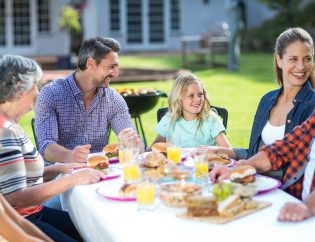

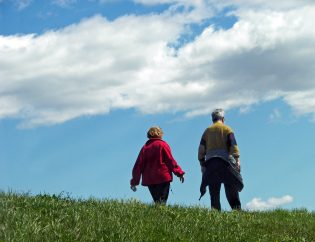

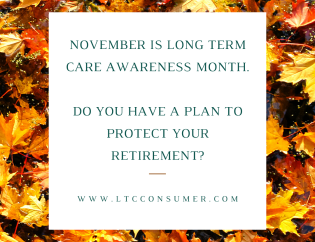

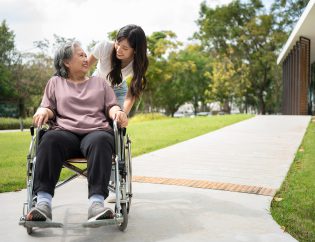
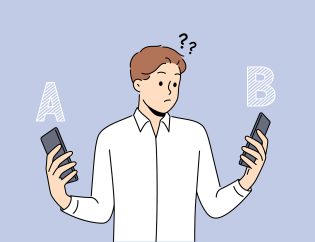
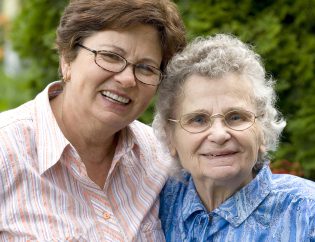

You must be logged in to post a comment.